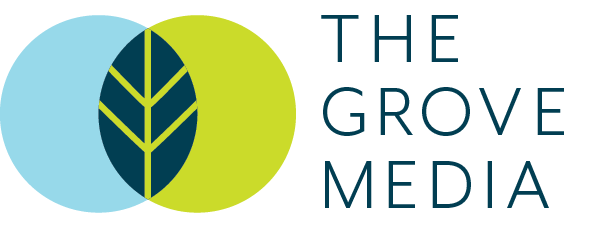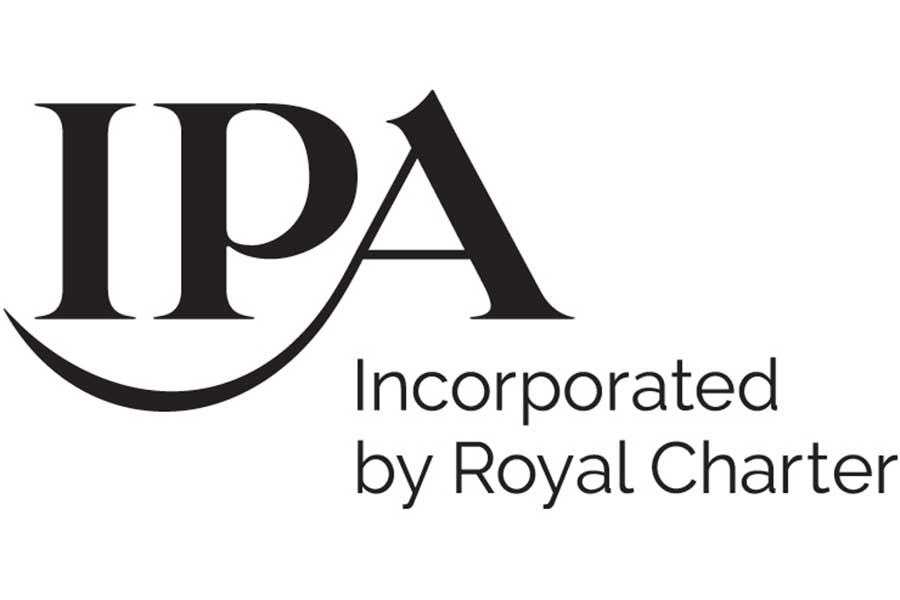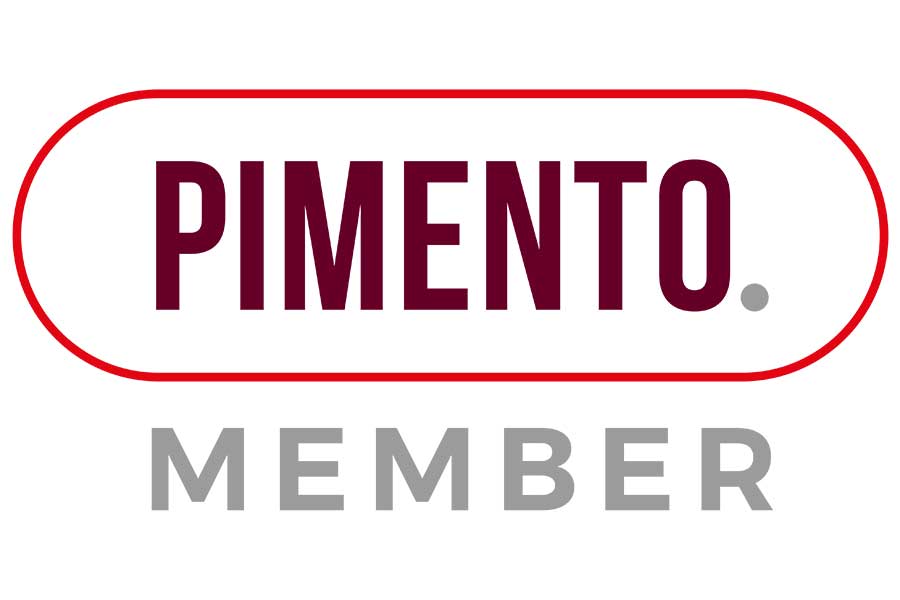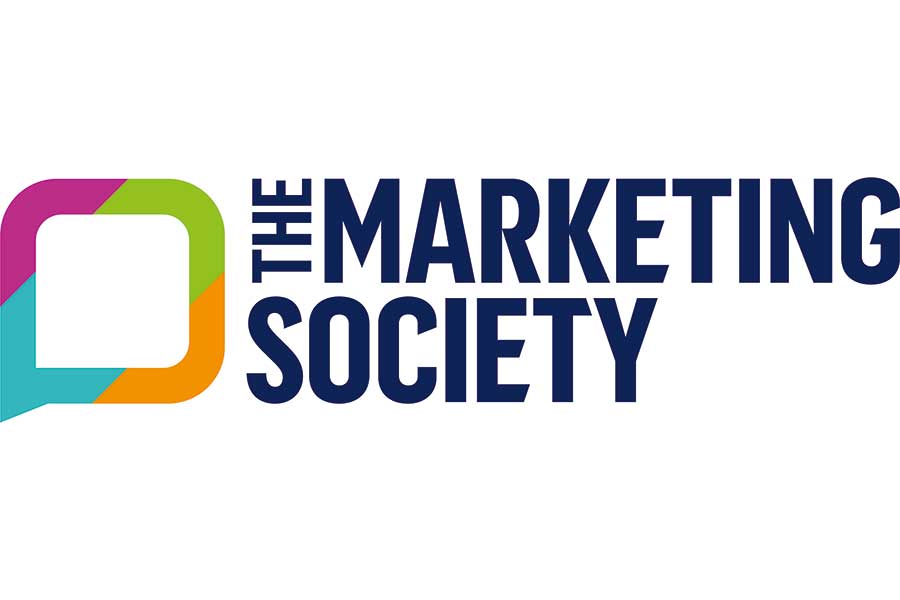Newsbrands shift into ‘real world’ audience reporting

Whilst lockdown brought the world to a standstill, it accelerated a number of other things: the uptake of online banking by older customers, the recent launch of Facebook Shop, and last week, the end to ABC’s monthly newsbrand reports.
For years, print circulations as a whole have been in decline, mainly due to the reader shift into online. According to PAMCo, which was launched in 2018 as a means of addressing this shift, newsbrands reach 92% of the adult UK population but only half of that is through print. A whopping 72% is via mobile, 39% via desktop and 19% via tablet.
It therefore stands to reason that ABC’s monthly audits, which have long spelt a depressing story of decline, only reveal a fraction of the full picture. Unsurprising then, that The Telegraph opted out of the ABCs earlier this year followed by The Sun and The Times/Sunday Times last week, a day before ABC’s own announcement.
ABC had already been adapting to lockdown with special measures which included allowing digital copies of titles to be included within their numbers so, whilst the announcement felt unexpected, it is a natural progression. National newspaper publishers will now be able to opt out of making figures publicly available (although figures can still be available to agencies for trading) and to have the option of reporting on optional metrics that ‘fit their strategy’.
Overall we believe the shift is positive for the press market in that it pivots the negative headlines focusing instead on overall brand reach which is in line with consumption,.
From a pure buying perspective, the move reinforces the true value of newsbrands. Long gone are 25×4 colours in the newspaper being the only offering – although it’s still an excellent means of direct response for some audiences, particularly for clients with smaller budgets. Cross-media solutions have long become the norm, offering an effective mix of newspaper, digital and mobile, so it’s only natural that audiences are measured to reflect today’s market.
However, it will take some time for the industry to adapt. For now, there will be inconsistencies in measurement across the board as publications choose to focus on different metrics; for instance, the inequality of reach vs. impression-led buying and publishers selling inventory / space differently. Is there a future where we can plan and buy print brands on a reach basis and through automation, like we’re starting to for OOH? Perhaps, but we first need to resolve the reach inequality issue and move to the standardisation of a buying metric.
It will take time for the industry to come to a consensus but this is a move in the right direction.
Suzana Lay
Agency Planning Director
Photo by Green Chameleon on Unsplash







